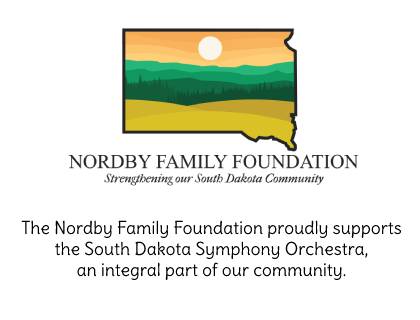Born
March 7, 1875 in Ciboure, France
Died
December 28, 1937, Paris, France
Instrumentation
three flutes (3rd doubling piccolo), three oboes (3rd doubling English horn), two clarinets, bass clarinet, two bassoons, contrabassoon, four horns, three trumpets, three trombones, tuba, percussion, timpani, two harps, strings
Duration
14 minutes
Work composed
1920
World Premiere
In November 1920, Ravel and Alfredo Casella performed a two-piano version in a concert series sponsored by Arnold Schoenberg. December 12, 1920, the orchestral version premiered in Paris, conducted by Camille Chevillard
Something interesting to listen for:
The lush orchestration of this waltz draws us into the magical picture of a royal ball. Ravel's presentation is a bit disconcerting, however. Sometimes ti's the gentle, well-mannered sound of an elegant party. Then it loses its manners with a loud burst of timpani and brass, or with a disjointed disagreement between melodies. Listeners are never quite sure if this is a loving tribute to a fashion left behind or a parody of something that no longer has relevance.
Program Notes:
Written by Anna Vorhes
In the late nineteenth century, the waltz was the dance of choice in ballrooms where society was entertained. Ravel admired the work of Johann Strauss, Jr. and as early as 1906 planned to write a work in tribute to him. Then along came the first World War.
The world changed dramatically with the first World War. This change affected Ravel profoundly. He volunteered for service in France's army and faced death several times. He was aware that the world would never be the same again. La Valse could no longer be a tribute to an Austro-Hungarian form and style. Ravel reworked it, producing a composition that grew out of this longing for the past refinements coupled with an understanding that they would not return.
Diaghilev, the impresario who changed the face of the early twentieth century, asked Ravel to write a piece for ballet to fit with Stravinsky's Pulcinella. Ravel produced La Valse, playing the piano version for Diaghilev. The impresario was delighted with the music but couldn't use it. He commented, "But it is not a ballet. It is only the portrait of a ballet." This reaffirms the description of impressionistic music: "Impressionism in music produces not a picture of a past event, but a picture of a memory of a past event." La Valse was finally choreographed ten years after its composition by Ida Rubinstein. Ravel never forgave Diaghilev for rejecting it.
Ravel's inscription for La Valse says: "Flashes of lightning in turbulent clouds reveal a couple waltzing. One by one the clouds vanish; a huge ballroom filled by a circling mass is revealed. The scene gradually becomes illuminated. The light of chandeliers bursts forth. An imperial court about 1855."





